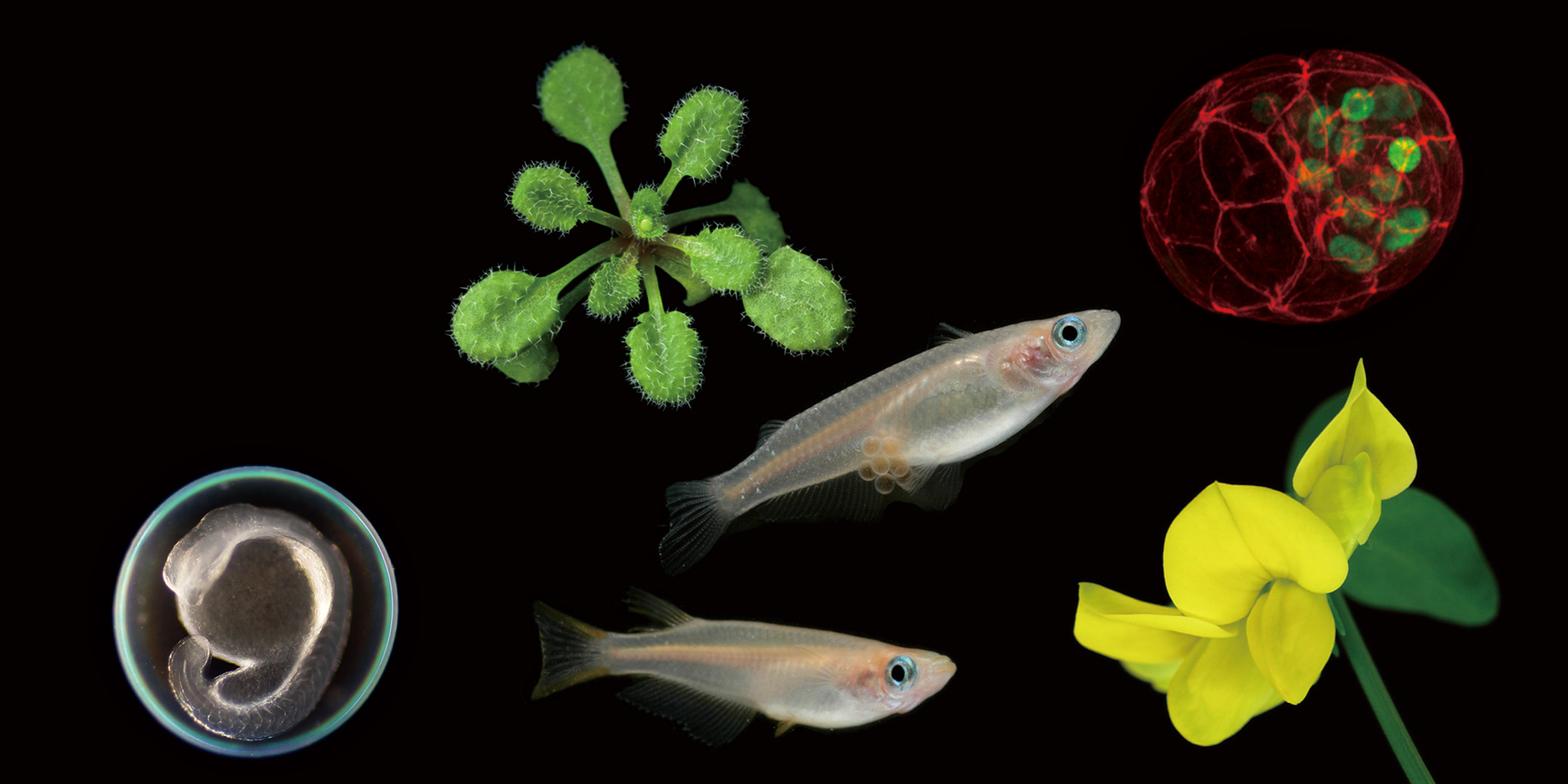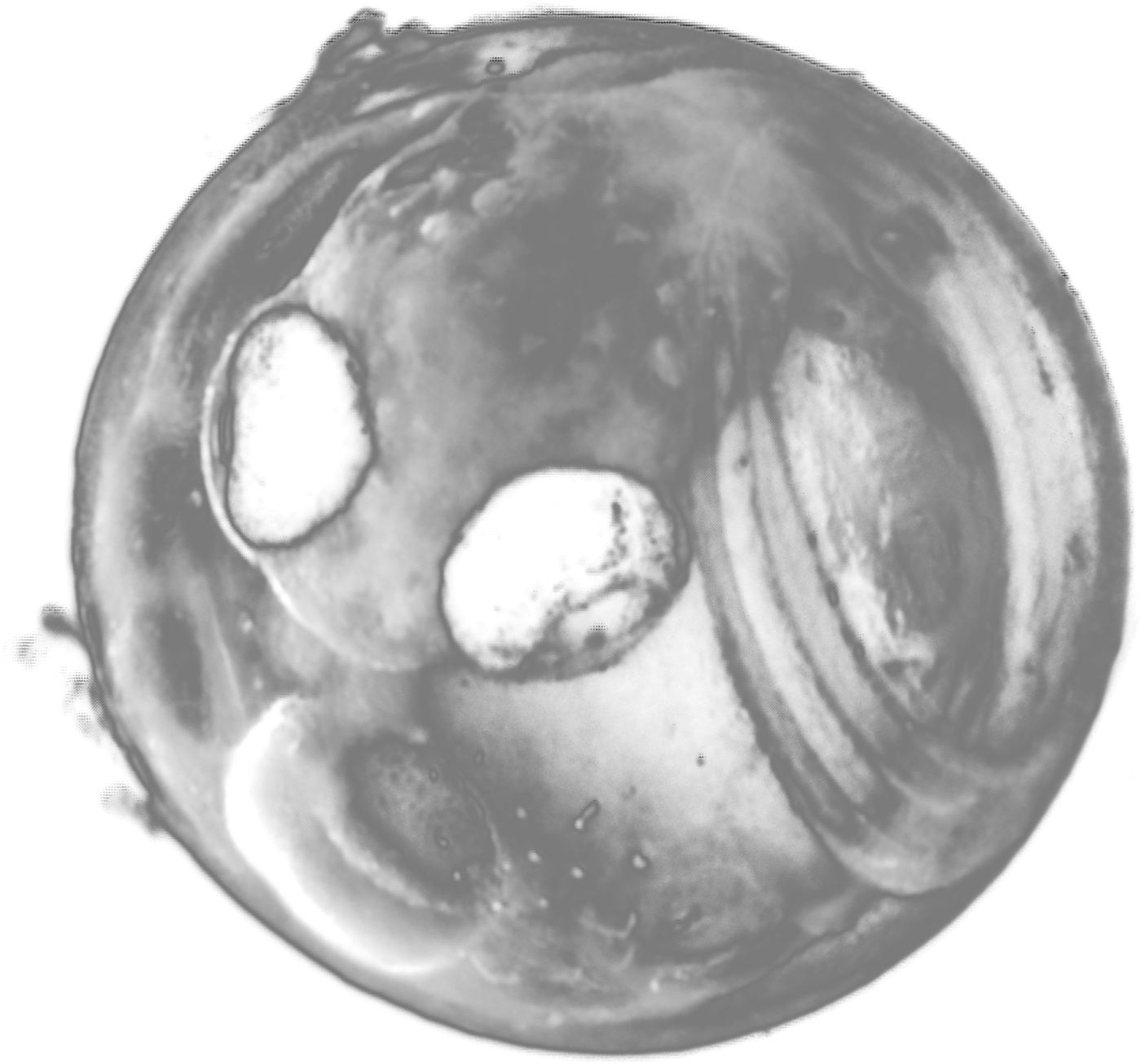2013.11.29 部門公開セミナー
The Wild Vigna
Dr. Ken Naito (Genetic Resource Center, National Institute of Agrobiological Sciences)
2013年11月29日(金) 14:30 より 15:30 まで
Seminar Room 1, Myodaiji (132-134)
Yosuke Tamada, Division of Evolutionary Biology (ext. 7545)
The genus Vigna consists of legume crops such as azuki bean as well as a number of wild species. One of the most attractive features of the genus Vigna is the great adaptability of the wild species to severe environmental conditions including high salt (400 mM NaCl), acid (pH 3) or alkaline (pH 10) soil, and drought. By figuring out genetic mechanisms of their adaptations, it would be possible to generate novel crops tolerant to the stress conditions.
To promote successive cloning of valuable genes from genetic resources of genus Vigna, we are now sequencing genomes of azuki bean (V. angularis) and 15 wild species.
We are also performing genetic approach for QTL analysis. Our first focus is salt tolerance, because almost half of the irrigated croplands have problems of accumulating salt. Thus we screened Vigna species and selected the following three.
1. V. marina lives on marine beach and is one of the most tolerant plant species against salt. It can survive 3% NaCl for more than 2 months.
2. V. riukiuensis is another species inhabiting coastal area. It accumulates salt throughout its whole plant body while other salt tolerant species accumulate salt in roots, but not in stems or leaves.
3. V. trilobata is mainly found dry sandy soil. This species develops deep straight root and is extremely drought tolerant but very sensitive to salt stress. However, a few accessions collected in coastal areas of Sri Lanka were found to be salt tolerant without losing drought tolerance.
To map the salt tolerance loci in these species, we crossed them to their related species or strains. The following linkage analysis on the derived F2 population using 150 – 300 SSR markers successfully identified several QTLs.







